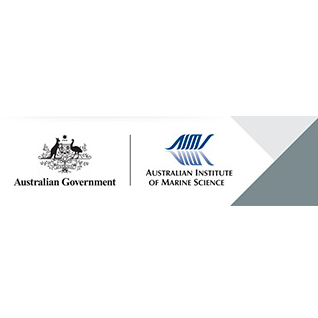Brief description
Density and size structure of Holothuria nobilis populations were surveyed in the main area of fishing effort on the Great Barrier Reef. Surveys were carried out for most reefs on three trips between August 1999 and January 2000, Hicks and Davie reefs were surveyed in October 1998.Density data were collected from 16 reefs open to fishing, 4 closed to fishing and 4 reefs with open and closed zones.Size structure of the population was obtained by measuring the body weight of 18-71 animals from each of 6 reefs open to fishing, 3 closed to fishing and 2 reefs with open and closed zones. Animals were weighed to the nearest 50 g.The habitat was recorded: reef flats (the main habitat), fore- and back reefs.Surveys were undertaken to assist in the derivation of sustainable catch rates for this species and were undertaken in the most heavily fished area of the Great Barrier Reef.To establish the effects of fishing on bêche-de-mer stocks and the effectiveness of the two types of zoning protection (reefs which were either open or closed to fishing, and reefs in which zones were open and closed to fishing).
Although the black teatfish in the Pacific is correctly referred to as Holothuria whitmaei, H. nobilis was the most commonly recognised name at the time of study and was therefore used in this study.Reefs surveyed: Open to fishing: 13-050, 13-120, 17-065, Agincourt No.4, Arlington, Bowl, Davie, Ellison, Feather, Hicks, McCulloch, Peart, Potter, Ribbon No.10, Ribbon No.8, St. Crispin, Sudbury, TongueClosed to fishing: Agincourt No.1, Michaelmas, Moss, Ribbon No.2With both open and closed zones: Hastings, Opal, Ribbon No.7, Ribbon No.10
Lineage
Maintenance and Update Frequency: notPlannedNotes
CreditUthicke, Sven, Dr (Principal Investigator)
Modified: 13 03 2024
text: westlimit=143.9; southlimit=-18.6; eastlimit=147.6; northlimit=-13.3
The effect of beche-de-mer fishing on densities and size structure of Holothuria nobilis (Echinodermata: Holothurioidea) populations on the Great Barrier Reef: Uthicke S and Benzie JAH (2000) The effect of beche-de-mer fishing on densities and size structure of Holothuria nobilis (Echinodermata: Holothurioidea) populations on the Great Barrier Reef. Coral Reefs 19: 271-276.
local : articleId=5759
- global : 51cb6ac4-90d8-4470-a180-146578eae335


